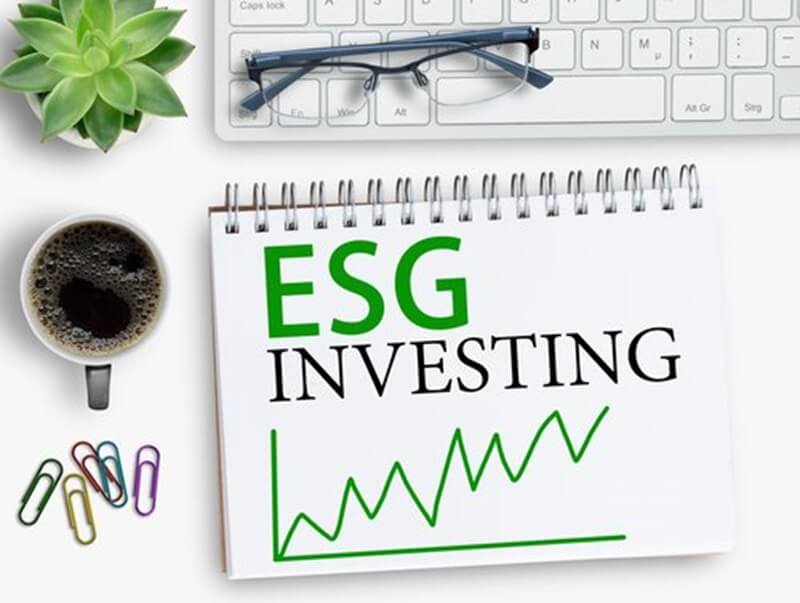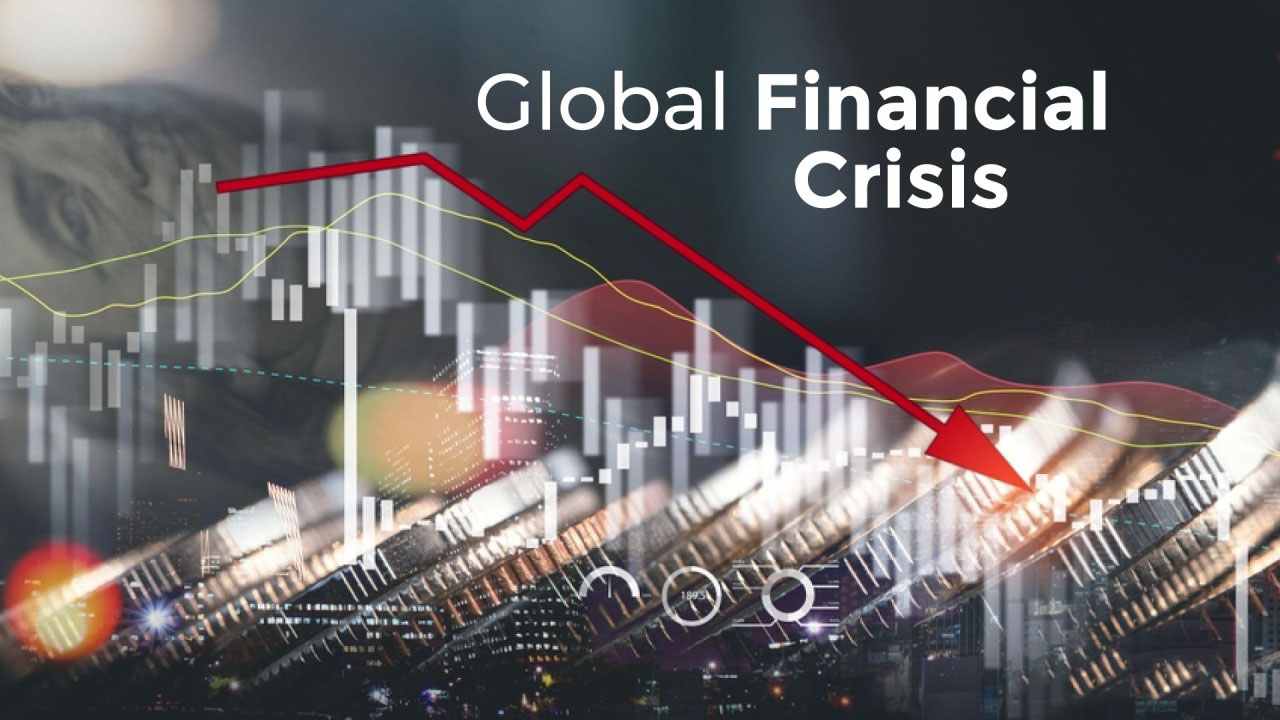Navigating the world of investing can be as perplexing as a labyrinth. But there’s a guide that has caught the eye of many sharp investors: Benefits and Drawbacks of ESG Investing. This guide is more than just a list; it’s your key to unlocking the real score on ESG—the kind that paints the full picture, no filters. We dive deep into how ESG criteria can boost a company’s performance and what sustainable investing’s rise means for you. Watch out for risks, though—we’re not just selling dreams here. I’ll walk you through the hidden snags and how to deftly avoid them. Ready for a balanced view on ESG? Let’s get started.
Understanding the Benefits of ESG Investing
The Positive Impact of ESG Criteria on Corporate Performance
When companies care about the planet and people, they often do better. This is what ESG investing is all about. ESG stands for Environmental, Social, and Governance. These are the three big areas where companies can do good things. Or, sometimes, not so good things. When they make smart choices, these companies can do really well for themselves and their investors. It’s like a superhero who fights for profit and the planet at the same time.
Let’s say a company wants to cut down on the stuff that hurts the air. This is the “E” in ESG, which means caring about the earth. They might use less water or make less trash. People like this. They might buy more from the company or say good things about it. Also, sometimes these changes save money. This is good for everyone, right?
Now for the “S”, which is all about people. Companies with happy workers and good vibes might attract better talent. They could also keep their staff for longer. This means less money spent looking for new people to hire. And happy workers often work harder, which means more money for the company.
Last up is Governance, that’s the “G”. This is like the rules and bosses of a company. When these are fair and clear, bad stuff like cheating or being sneaky is less likely. Investors feel safer and are often more willing to give their money to these companies.
The Growth Trajectory of Sustainable Investing
Investing with ESG in mind is getting really popular. More and more people want their money to do good things and make more money over time. It’s not just a few people, either. Big investors, like funds that manage lots of money, are also doing this.
Ethical investing, which is like being a good person with your money, is big. It’s not just about what you get, but what you give back. This is cool because money talks. It lets people support companies that do the right thing.
Remember how we said ESG investing is on the rise? Well, it’s growing like a healthy tree. That means the choices for these kinds of investments are also growing a lot. It’s like having more colors to paint with or more flavors of ice cream to choose from.
There’s even something called “green investing returns”. This means that, over time, the money you invest in green stuff can grow. Sure, there are risks. But every kind of investing has risks. And just like you put on a seatbelt in a car, there are ways to be safer when you invest.
In the end, ESG investing is getting more attention because it can be good for wallets and the world. People are watching it closely. They’re talking about how it fits in with doing the right thing and making money. It’s a win-win, and that’s a big deal.
Analyzing ESG Investment Performance
ESG Returns Comparison with Traditional Investments
Let’s dive into how ESG investments stack up against traditional ones. First off, does ESG investing beat regular stock gains? Often, yes. Studies show ESG investments can match or outdo regular stock market returns. But why is that important? It shows us ESG investments pull their weight, making money while doing good.
Now, what about the nitty-gritty? How do we figure out if ESG is truly paying off? Look at long-term trends. Over years, many ESG funds have grown strong. They benefit from smart choices based on ESG ratings. And businesses getting high ESG scores often perform well financially. This backs up the claim that good ethics can mean good earnings.
The Long-Term Value Proposition of ESG-focused Portfolios
Moving on to the big picture, what’s the long-term value of ESG? It’s about stable investments that aim to create a better world. ESG-focused portfolios thrive on the triple bottom line: people, planet, profits. They consider not just money, but social and environmental impacts too.
In these portfolios, the mix of investments is chosen for lasting value. You won’t just find fast climbers, but stocks set to stand the test of time. These choices reflect deep digs into a company’s actions and plans. From how it treats workers to caring for the earth, each piece is part of the value puzzle. This careful pick and mix can result in less bumpy rides during market dips.
Ethical investing has more than just feel-good vibes. It taps into sustainable growth trends, like green tech. Industries that put the earth first are no flash in the pan; they’re our future. By betting on them, you’re planting seeds for growth that can sprout for years to come.
Are there risks? Sure. The ESG world is still sorting out how to pin down the best data. Not every company makes it easy to see if they’re truly walking the talk. And, the way ESG success is measured can change from one expert to the next. But these hurdles don’t mean game over. They’re more like puzzles that can be solved with the right tools and a sharp eye.
So, what have we learned about ESG performance? It offers a solid match to traditional investing, often with a cherry on top. And for those looking down the road, it provides a path lined with promise, balancing out the present with hope for our future. Done right, ESG investing lets you stand by your values while you aim for value in your wallet. It’s not just about riding the wave of the latest trends. It’s about steering your ship with a map for meaningful money-making.
The Challenges and Risks of ESG Investing
Addressing ESG Integration Challenges and Data Reliability Concerns
ESG investing sounds great, right? But it’s not all green and rosy. Let’s dive into some issues investors like us might face. First off, ESG criteria and investor behavior are like a dance—they must move in sync. If not, we trip up. Precise ESG data is tough to find. Companies often report their own info, and let’s be honest, they can make themselves look pretty good. ESG rating discrepancies are real; what’s an “A” for one rater could be a “C” for another.
Digging deeper into this data debate, we hit a wall. ESG data reliability concerns take the stage. How do we know if the info’s spot on? Well, we don’t always. What we have are ESG scoring variations, and this shakes our trust. With so much info out there, ESG integration challenges pile up. We want to make smart picks, but dodgy data makes it hard.
Here’s the thing: ESG investing demands a keen eye. Skills to sift the gold from the dirt are a must. As investors, we’re often left squinting at small print, wondering if we’re being told the whole story.
Navigating Financial Risks and ESG Investment Limitations
This brings us to another corner of our ESG journey—financial risks. ESG investment risks aren’t imaginary; they’re as real as a bee at a picnic. The market can wobble, and with it, our green investments might stumble too. We’re talking about ESG investing volatility—yup, the ups and downs that can make us queasy.
Financial performance vs. ESG is where many eyes are fixed. Will this eco-friendly fund pay off more than that old-school one? Listen up, it’s not a given. ESG returns comparison with traditional investments can be like comparing apples to oranges—both tasty but different.
Now, about those pockets— ESG compliance costs are like a pebble in a shoe. They sneak in and make the walk uncomfortable. And here’s a kicker: ESG portfolio limitations. Sometimes, they curb our options, tying our hands when we crave variety. It’s not all about profits; it’s also about values. But let’s face it, we need a good balance to sleep well at night.
Last on the watchlist is greenwashing in investments. Some folks dress up regular investments in a green cape, calling them “sustainable” without the chops to back it up. This is a big no-no, pals. As savvy investors, we need the real deal, not just a pretty label.
So that’s the skinny on the challenges and risks. We’ve got to play smart, look under the hood, and stay on our toes. Remember, ESG investing is not just about the green—it’s about knowing the shades.
Managing the Drawbacks of ESG Strategies
Understanding and Mitigating ESG Compliance Costs
Investing with ESG in mind isn’t always easy on the wallet. Costs can be high when a company wants to do better for the planet and people. Stuff like better waste systems or fair worker pay can mean more money upfront. But think about it, can we really put a price on a clean earth and happy people?
Let’s face it, going green can cost some green. Yet, it’s not all bad. What if I told you that these costs could lead to more cash over time? Yep, companies that care can gain customer trust, and we all know that trust equals dollars.
Now, how do we keep these costs in check? Well, we can start by really knowing what we’re dealing with. Let’s take a closer look at our bills. Where can we save without cutting corners on doing the right thing? We can use tech to make stuff more efficient, meaning we do more with less. Oh, and buying from local guys can cut down on those pesky transport costs.
Combatting Greenwashing and Ensuring Transparency in ESG Reporting
Alright, ever heard of greenwashing? It’s when companies talk big about how green they are, but it’s all hot air. Not cool, right? We want the real deal. That’s why keeping things clear and honest is key. When companies report on their ESG stuff, we need it straight. No fibs, no fluff.
Think about it, when we don’t know if a company is all talk or actually walking the walk, we can’t trust them. And no trust means no deal. We need reports that are like glass – totally see-through. This way, everyone knows who’s the real hero and who’s just wearing a cape.
So, how do we fight this greenwashing beast? It starts with asking the hard questions. Like, “Show me the proof that you’re saving water or paying fair wages.” We get experts to check on these guys, and compare notes with other smart folks. This helps us sort out the champs from the chumps.
We’re not playing around here. Money talks, sure, but it also has to walk the walk of truth. With good checks in place, we can spot the greenwashers from a mile away. And once we find companies that are true blue, they’re the ones we stick with.
Remember, every dollar you invest is a vote for the kind of world you want. So make it count. Vote for a clean planet, happy people, and honest work. That’s the power we’ve got when we use our wallets to say no to greenwashing and yes to a brighter, greener, fairer future.
There you go, friends. It’s not just about making bucks. It’s also about making a difference. Sure, ESG has its ups and downs, but don’t we all? Keep sharp, stay smart, and let’s invest in tomorrow, together.
We dived deep into ESG investing in this post, exploring its ups and downs. We learned that putting our money into companies that care for the planet, people, and how they run can do well. They often match or beat regular investments, giving them a solid place in our money plans for tomorrow.
But, ESG investing isn’t a walk in the park. We’ve got to be sharp on how we blend it in and keep an eye out for shaky data. Plus, we must stay smart about the cash it costs to follow ESG rules and fight fake green claims to keep things clear.
Even with the tough parts, I believe ESG investing is worth it. It’s not just about cash—it’s about making a change with how we invest. If we do it right, we can help shape a future that’s good for both our wallets and the world. Let’s keep learning and make smart, kind moves with our money.
Q&A :
What are the key benefits of ESG investing?
Environmental, Social, and Governance (ESG) investing is driven by the incorporation of ethical and sustainable principles into the investment process. The key benefits include the potential for strong financial performance as socially responsible investments often focus on companies poised for long-term growth. ESG investing can also lead to improved investor sentiment and risk management, as ESG criteria can spotlight risks that are not revealed through traditional financial analysis. Moreover, it aligns investments with personal or institutional values, contributing to positive social and environmental outcomes.
How might ESG investing impact financial returns?
Investors often query if social responsibility comes at the cost of reduced financial gains. However, numerous studies have indicated that ESG investing can produce competitive returns compared to non-ESG benchmarks. Adopting ESG principles can lead to uncovering companies with superior management practices and lower risk profiles, which may contribute to more stable and robust financial performance over the long term. Still, the impact on returns can be influenced by various factors, such as sector performance, economic conditions, and the specific ESG criteria used.
What are some potential drawbacks to ESG investing?
While ESG investing has many merits, potential drawbacks also warrant consideration. These can include a limited investment universe, as strict ESG criteria may exclude certain profitable industries or companies. There’s also the challenge of inconsistent ESG reporting standards, making it difficult to accurately assess and compare companies’ ESG performance. In some cases, ESG funds may have higher fees due to the additional research and analysis required. Additionally, there’s the risk of ‘greenwashing’, where companies overstate their commitment to ESG principles to attract investment.
How does ESG investing affect portfolio diversification?
Diversification is a key component of risk management in investing. ESG investing can affect portfolio diversification in various ways. On one hand, by screening out particular sectors or companies, ESG criteria might limit the range of investment options, possibly affecting diversification. On the other hand, ESG investing can provide access to emerging sectors driven by environmental and social innovation, potentially expanding diversification opportunities. Investors should assess their ESG strategies carefully to ensure that their pursuit of ethical investment does not significantly compromise diversification.
Can ESG investing influence corporate behavior?
Yes, ESG investing can be a powerful tool for influencing corporate behavior. By directing capital towards companies that adhere to ESG principles, investors support practices that are sustainable and socially responsible, which can incentivize other companies to adopt similar measures to attract investment. Shareholder engagement and ESG-focused shareholder resolutions have been successful strategies for investors to encourage corporates to improve their sustainability practices, transparency in reporting, and governance structures. As demand for ESG investment options grows, so does its potential to shape corporate policies and practices.






